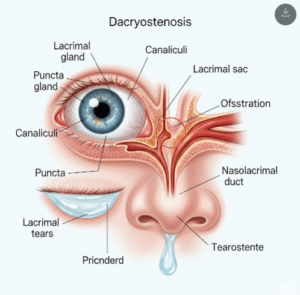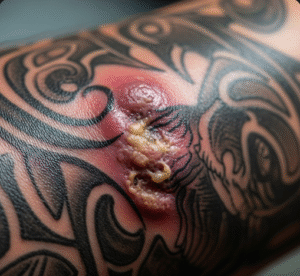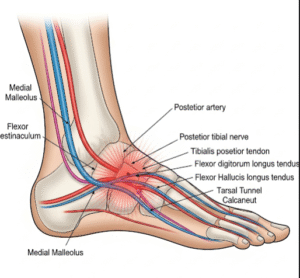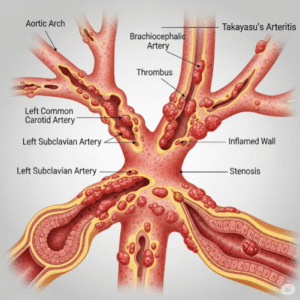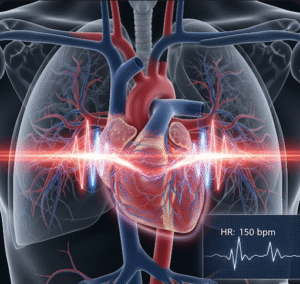Overview
Seasonal Affective Disorder (SAD) is a type of depression that occurs at a specific time of the year, usually during the fall and winter months when daylight hours are shorter. SAD can significantly impact mood, energy levels, and daily functioning. In Korea, awareness and treatment options for SAD have increased alongside growing mental health initiatives.
What is Seasonal Affective Disorder (SAD)?
SAD is a mood disorder related to changes in seasons. It typically begins in late autumn and persists through winter, resolving in spring or summer. It is believed to be linked to reduced sunlight exposure affecting the body’s internal clock (circadian rhythm) and neurotransmitter balance, particularly serotonin and melatonin.
Symptoms
Common symptoms of SAD include:
- Persistent low mood or sadness
- Loss of interest in usual activities
- Fatigue and low energy
- Increased sleep duration (hypersomnia)
- Craving for carbohydrates and weight gain
- Difficulty concentrating
- Social withdrawal and irritability
- Feelings of hopelessness or worthlessness
Causes
- Reduced sunlight exposure during shorter days
- Disruption of circadian rhythms
- Imbalance in brain chemicals such as serotonin and melatonin
- Genetic susceptibility and personal or family history of depression
Risk Factors
- Living in northern latitudes with long winters (including Korea)
- Family history of SAD or other mood disorders
- Female gender (women are more commonly affected)
- History of depression or bipolar disorder
- Age (usually starts in young adulthood)
Complications
- Worsening depression or anxiety
- Impaired social, academic, or work performance
- Increased risk of substance abuse
- Suicidal thoughts or behaviors if untreated
Prevention
- Early recognition of symptoms and seeking help
- Maintaining a regular schedule for sleep, meals, and exercise
- Maximizing exposure to natural light during the day
- Using light therapy proactively in late autumn
- Managing stress through mindfulness, therapy, or relaxation techniques
Treatment Options in Korea
South Korea provides effective treatments for SAD through mental health professionals, clinics, and hospitals.
- Diagnosis
- Clinical evaluation by psychiatrists or psychologists
- Detailed history of seasonal mood changes
- Use of screening questionnaires for depression
- Light Therapy
- Bright light therapy using specialized lamps mimicking natural sunlight
- Usually administered daily in the morning for 20-30 minutes
- Available in mental health clinics and some wellness centers
- Psychotherapy
- Cognitive Behavioral Therapy (CBT) tailored for SAD to address negative thoughts and behaviors
- Supportive counseling and stress management
- Medication
- Antidepressants such as SSRIs (e.g., fluoxetine, sertraline) may be prescribed
- Medication combined with light therapy can be more effective
- Lifestyle and Support
- Encouraging outdoor activities during daylight
- Regular exercise and balanced diet
- Support groups and mental health awareness programs




